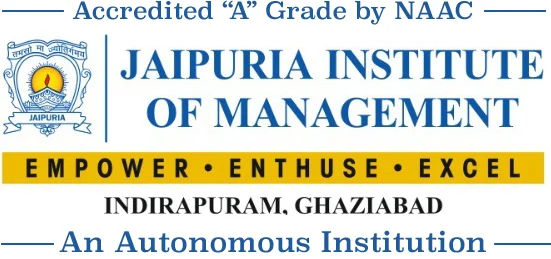Prof (Dr) Daviender Narang is a seasoned professional with over two decades of hands-on expertise and experience in Management of Institution. He has been an academician at heart yet an administrator at mind and practices with a proven track record in working in the education management industry. Dr Narang has been associated with a World Bank supported project for two years on capacity building in Ethiopia with Ethiopian Civil Service University as Associate Professor.
“Education is the most powerful weapon, which you can use to change the world” – Nelson Mandela
The pandemic has accelerated the pace of change in the modern education world. With digital transformation and the adoption of technology globally, future jobs will be contrary to the idea of “jobs for life.” The conventional process of learning is being replaced with the emergence and implementation of different technologies in the education sector to retain and get future jobs. But there is no need to worry because we are moving to an era, where education is a life-long asset. Digitalization and effective education are significant to develop a skilled workforce. We are entering the era of revolution with online education. Big Data, Machine Learning, and the Internet of Things (IoT) will help students to sharpen their skillset and fulfill industry requirements. The recent trends in innovative learning have reformed with a strong focus on connectivity, versatility, and student-centered learning.
Let’s take a look at a few recent trends in our learning system:
1. Increased demand for non-conventional Courses
The change in industry requirements is leading to the rise in demand for technical courses. A wide variety of programs have opened up the market for other avenues. The market has shown upward trends in the number of YouTubers and social media influencers, which has created a huge demand for social media creators. To cater to the demand students are exploring vocational courses in areas such as Photography, Video Making, Video Games, Design Thinking, Fashion, Marketing, PR, Communications, and other niche fields such as e-commerce, Hospitality, Food & Catering, Data Science, Machine Learning, Artificial Intelligence.
2. Virtual learning
Virtual learning is a prominent trend in the education sector as it offers flexibility and convenience to learners. The process of E-learning has been streamlined by the institutions with virtual learning tools. The video conferencing tools and online live interactions offers students and instructors a classroom experience. The growing awareness about technology and better competence in handling dial tools is making online education more feasible and efficient. It is a cost-effective way to deliver content and provide training. The blended technology and classroom instructions together will create a quality and personalized curriculum for the students.
3. 24X7 Concept-Based learning
Digital learning encourages concept-based learning and develops key skills in students to excel in their career paths. It also marks a shift from teacher-centric learning to student-centric education. The government has played a significant role in spreading digitization with Digital India and Atma Nirbhar Bharat initiatives. The adoption of IT in India has substantially accelerated in urban as well as rural areas. The prevalence of asynchronous learning has made education a 24X7 phenomenon because students can now access their lessons whenever and wherever they want.
4. Assessment using Artificial Intelligence (AI)
Artificial Intelligence has not just changed the way students learn but also how their academic progress is assessed. Students appearing in online tests powered by AI undergo personalized evaluations. AI-based applications offer valuable insights into the overall performance of students. These tools highlight a comparative assessment of a student over several semesters and help them to single out the weak areas in learning where progress can be made with customized and targeted instruction. Teachers thereby can get a better insight into a student’s academic growth and performance. Online assessment system also removes biases of manual evaluation.
5. Simulation and Gamification
Simulation and Gamification are the most innovative trends in education technology. They support students’ learning processes using computer game design, realistic simulation, and gaming elements. Simulation gives students a glimpse of real-life situations in the virtual form, while gamification improves students’ engagement by catching their attention and increasing their interest in the subject area. This form of tech learning allows students to test their results with knowledge, skills, and intuition. It decreases the risk of partiality by using data analysis algorithms. Learning through games facilitates students to develop their skills and makes the process enjoyable, effective, and experiential.
The Future of Learning
The future of learning will be determined by the emerging technologies and innovative pedagogies in the education sector. Machine learning may play a dominant role in education systems that can become more scalable. In the next few years, all the critical data will be stored on Cloud. The abundant amount of data is already transforming the role of teachers from knowledge providers to knowledge facilitators, and this trend will continue in the years to come.
These new trends in educational technology will develop social-emotional skills in students. The tools allow students to learn beyond the classroom irrespective of geographical boundaries. Moreover, big data analysis will help the education system to analyse the areas where students can do their best and where they lack. That will help teachers to provide better support for enhanced learning outcomes.
Source – Higher Education Digest
Post Link – https://www.highereducationdigest.com/trends-in-innovative-learning-the-emerging-face-of-education/
Published on August 11, 2021




